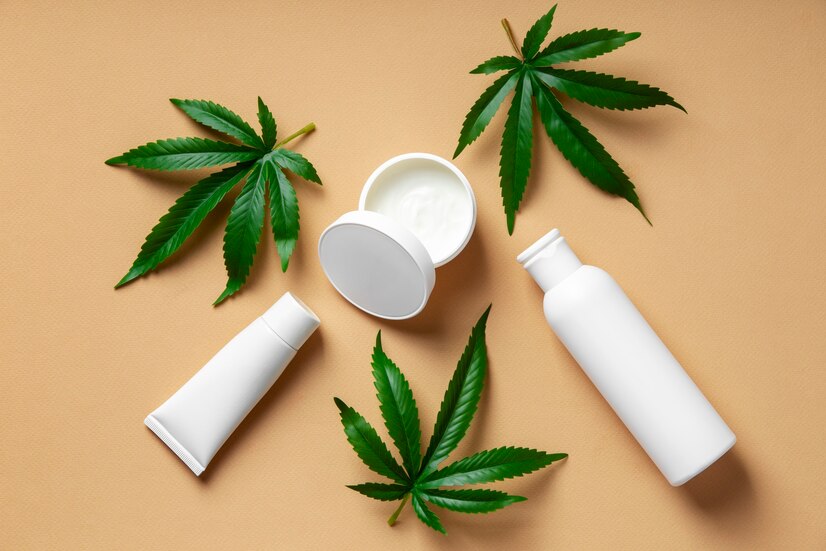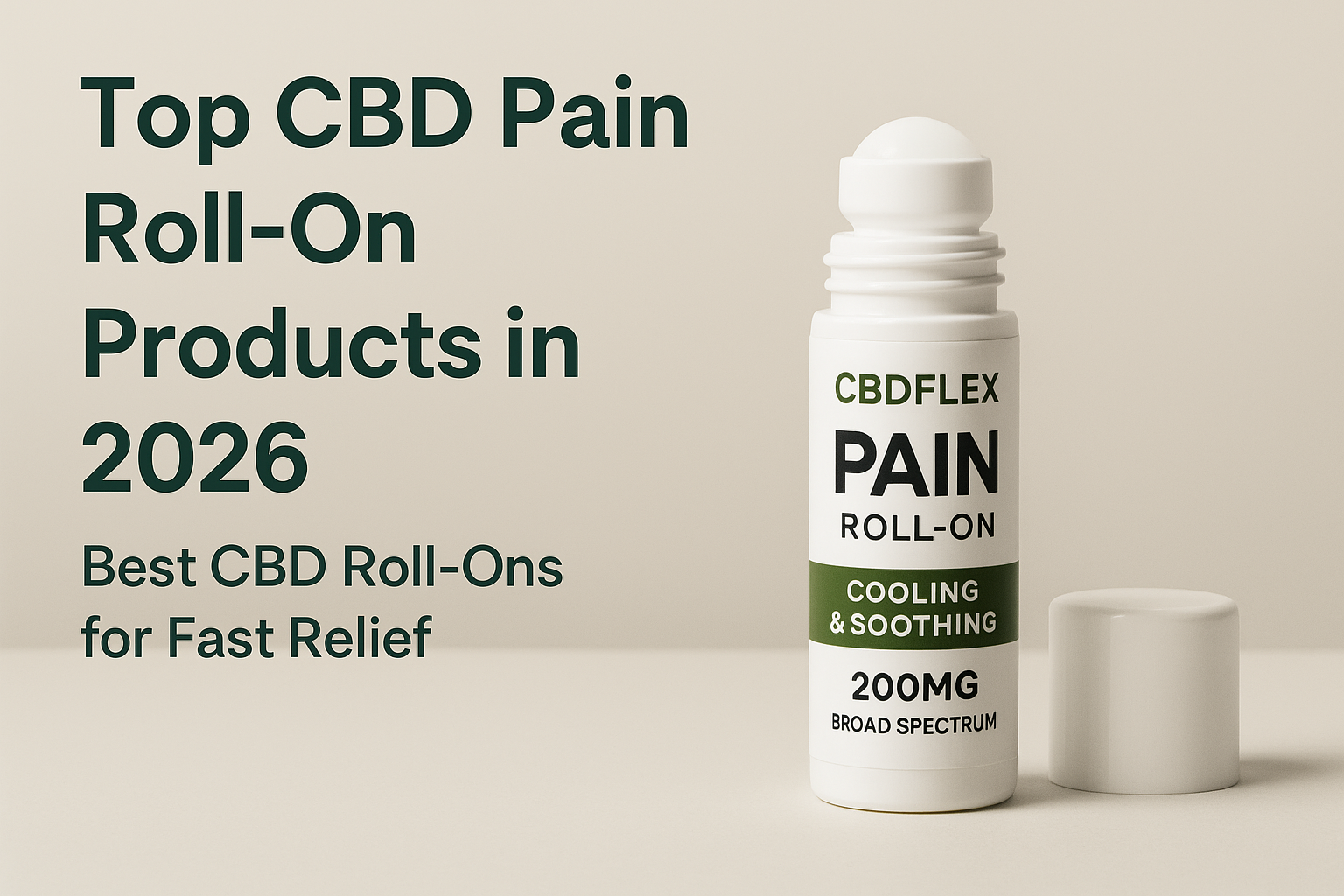Table of contents
- Why Are CBD Labeling Laws So Important?
- Overview of Federal CBD Labeling Laws and Requirements
- State-Specific CBD Labeling Laws
- Red Flags to Watch Out for on CBD Labels
- What to Look for on a Legally Compliant CBD Label
- The Future of CBD Labeling Regulations
- FAQs About CBD Labeling Laws and Requirements
- Final Thoughts
As the CBD market continues to grow, consumers are becoming more conscious of what they’re putting into their bodies. But how do you know what’s really in the bottle? The answer lies in clear, accurate, and lawful labeling. In this post, we’ll break down everything you need to know about CBD labeling laws and requirements—from federal mandates to what savvy shoppers should look for on a product label.
Whether you’re a CBD user, seller, or simply curious about cannabis-related products, understanding the legal side of labeling is crucial for safety, transparency, and compliance.
Why Are CBD Labeling Laws So Important?

The CBD industry remains largely unregulated by the FDA, which creates a confusing and sometimes risky environment for consumers. Mislabeling and lack of transparency can lead to:
- Unintended exposure to THC
- Incorrect dosage instructions
- Misleading health claims
- Unverified product contents
CBD labeling laws and requirements are designed to protect consumers by ensuring they have access to accurate and trustworthy information. They also help companies stay compliant and build consumer trust.
Overview of Federal CBD Labeling Laws and Requirements

While the FDA hasn’t approved CBD for dietary supplements or food additives, it has issued warning letters and provided guidance for labeling. Here are the key federal requirements that reputable CBD manufacturers typically follow:
1. Product Identity
The label must clearly indicate what the product is. For example: “CBD Oil Tincture,” “CBD Gummies,” or “Hemp Extract.”
2. Net Quantity
This refers to the amount of product in the package—typically listed in milliliters (ml) or grams (g), and the total CBD content in milligrams (mg).
3. Ingredient List
All active and inactive ingredients must be listed in descending order of weight. This includes carrier oils (like MCT oil), flavorings, and preservatives.
4. Supplement Facts or Nutrition Facts
If the product is intended as a dietary supplement, it must have a “Supplement Facts” panel. Edible CBD products may require a “Nutrition Facts” panel instead.
5. Manufacturer/Distributor Information
Labels must include the name and address of the manufacturer, packer, or distributor.
6. Batch Number and Expiration Date
For traceability and safety, responsible brands include a lot or batch number and a clear expiration or best-by date.
State-Specific CBD Labeling Laws
In addition to federal guidance, many states have enacted their own CBD labeling laws. For example:
- California requires THC content disclosure and specific warning labels under Proposition 65.
- Colorado mandates that products be tested and labeled with the name of the testing lab.
- New York includes specific rules for hemp-derived cannabinoids, such as QR codes linking to lab results.
Always check with your state’s health department or agricultural agency to ensure compliance if you’re selling or producing CBD products.
Red Flags to Watch Out for on CBD Labels
Even though many companies follow best practices, not all CBD products are created equal. Avoid products with:
- Vague or missing CBD content (e.g., just “hemp oil”)
- No lab results or QR code
- Health claims like “cures anxiety” or “treats cancer”
- No ingredient transparency
Trustworthy labels reflect legal compliance and product quality.
What to Look for on a Legally Compliant CBD Label
To ensure you’re purchasing a safe and legal CBD product, verify that the label includes:
✔ Product type and CBD concentration
✔ Total volume and dosage instructions
✔ Full ingredient list
✔ Batch number and expiration date
✔ Manufacturer contact info
✔ QR code or URL to third-party lab results
✔ THC content disclosure (where required)
✔ No misleading health claims
The Future of CBD Labeling Regulations
As the CBD market continues to mature, we can expect tighter regulations and more standardized labeling practices. The FDA is currently collecting data and issuing warnings to companies making false claims or selling mislabeled products. Federal legalization or reclassification of cannabis-derived products could lead to uniform national standards in the future.
For now, both businesses and consumers must take extra care to understand and follow CBD labeling laws and requirements to ensure safety, efficacy, and legal compliance.
FAQs About CBD Labeling Laws and Requirements
Yes, but the FDA has not fully approved CBD for use in food or supplements. It can, however, issue warnings and guidelines on mislabeling or false claims.
No. States like Colorado, Oregon, and California have additional requirements beyond federal guidelines. Always check your local regulations.
It means the CBD is sourced from industrial hemp plants containing less than 0.3% THC, making it federally legal under the 2018 Farm Bill.
No. The FDA prohibits companies from claiming that CBD can treat, prevent, or cure medical conditions unless officially approved.
They’re not federally required, but many states and reputable companies include QR codes linking to third-party lab results for transparency.
Final Thoughts
Navigating CBD labeling laws and requirements can feel overwhelming, but understanding them is essential for both consumers and producers. A clear, compliant label is more than a legal necessity—it’s a sign of product quality and brand integrity.
As a consumer, knowing how to read a CBD label helps you make informed, safe choices. And as a seller or manufacturer, following labeling laws builds trust and avoids regulatory trouble.
Stay informed, ask questions, and always verify that the products you buy (or sell) meet current legal standards. When in doubt, look for lab-tested, clearly labeled products from companies that value transparency.





